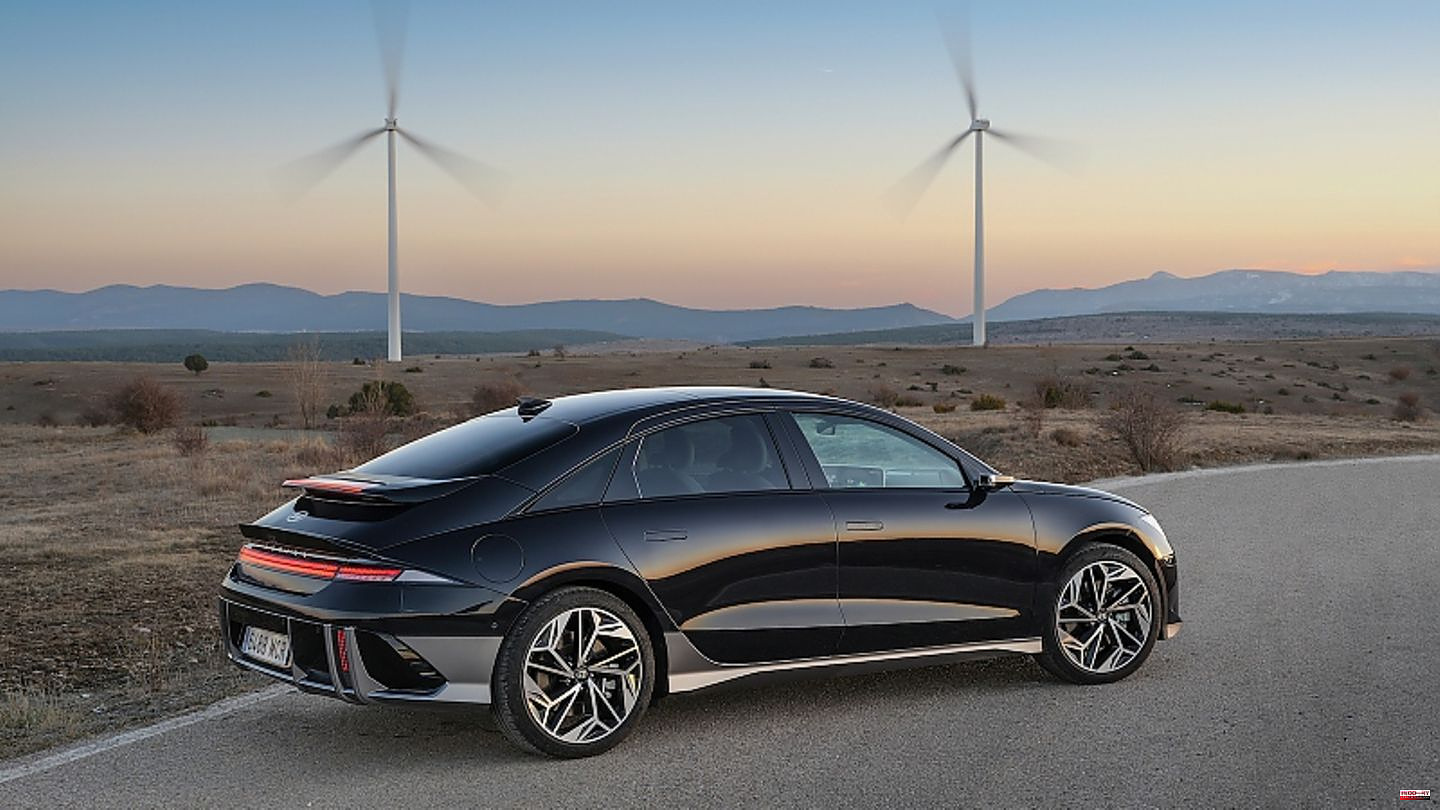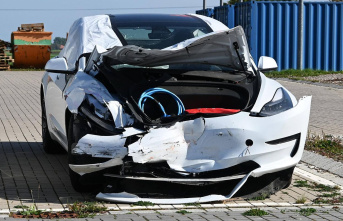With its future study of the EQXX, Mercedes made a powerful statement last year. The electric flounder successfully achieved several record attempts at the same time. This was not only ensured by the 100 kWh battery pack of the next generation, spindly eco-friendly tires for minimal resistance and a 180 kW / 245 hp electric motor on the rear axle, but in particular by its sophisticated aerodynamics. With a drag coefficient of 0.17, the electric four-seater from Sindelfingen slipped through under the headwind with hardly any braking, which enabled real ranges of more than 1,000 kilometers with one battery charge. "The technology program behind the Vision EQXX will redefine and enable future models and vehicle functions from Mercedes-Benz," explains Mercedes Board Member for Development Markus Schäfer. At the beginning of 2025, the new compact class of the Swabians should come - with a successor to the current CLA, which also wants to set the best values in terms of air resistance.
The Mercedes has already succeeded with the luxury model of the EQS. Admittedly, the lines take some getting used to, especially compared to the image-boosting combustion engine brother of the S-Class, because the silhouette stretches in a continuous arc over the luxury model with plug from the bonnet to the short tail. But excellent aerodynamics were at the top of the engineers' specifications. Before the EQS hit the road as a series model, the Mercedes testers spent countless hours in the wind tunnel and repeated their measurements thousands of times on virtual computer models. Air flows were redirected, gaps were minimized and the underbody was finely adjusted. The bottom line is that this was impressively noticeable, because the deliberately rounded front surface is just 2.51 square meters. This is another reason why the 5.22 meter long EQS offers a spectacular drag coefficient. “The EQS is the most aerodynamic production vehicle in the world with a drag coefficient of just 0.20. This contributes to its electric range of up to 770 kilometers according to WLTP,” emphasizes Markus Schäfer.
This puts the Mercedes EQS almost at the level of the former small series model VW XL-1. Around a decade ago, the eco-flounder with a plug-in hybrid drive hardly noticeably opposed the headwind with its resistance value of less than 0.19, which meant consumption of less than one liter of diesel per 100 kilometers. Another brand of the Volkswagen Group had already written aerodynamics history with a production vehicle in the early 1980s: thanks to its flat front and the strongly inclined windows, the Audi 100 of the type 44 offered a drag coefficient of 0.30 - at the time a world record for a standard model that when anyone could buy a luxury sedan. For Audi, the Type 44 (internal designation C3), which was positioned with emphasis on technology under Ferdinand Piech, was the step into the premium segment, because the 100 not only offered top aerodynamic values, but also a galvanized body, four-wheel drive and the latest TDI diesel technology.
After aerodynamics had become much quieter in the 1990s and early 2000s thanks to engines that were as efficient as they were powerful, this changed abruptly with the current switch to electromobility. This is shown not only by a luxury model like the Mercedes EQS, but also recently by the mid-range model of the Hyundai Ioniq 6. Despite its battery of just 77 kWh, the Korean entices its potential customers with a maximum range of over 600 kilometers - thanks to a drag coefficient of 0 ,21. The requirement "form follows fuction" is not only proven by the high-tech front apron, which is reminiscent of a racing car with its splinters and flaps. For design chief Simon Loasby, the aerodynamic concept of the Ioniq 6 pays homage to legendary vehicles from the 1920s and 1930s, such as the Stout Scarab, the Phantom Corsair or the Saab 92, when aircraft engineers brought their skills to the streets.
"In an electric car, aerodynamics are more important than anything else," confirms Hyundai engineer Dr. Sang Hyun Park. So the Hyundai Ioniq 6 reduces air resistance with special rims, streamlined air ducting through the wheel arches (Air Curtains) combined with covers on the wheel arches that reduce the gap between the tires and the body. When it comes to aerodynamics, it is no longer just the bodywork, panels on the underbody or complex air ducts that play a role. Even the tire manufacturers tinker with tires so that the profile and lettering on the side offer as little reason for air resistance as possible. "But the most important thing is the large spoiler at the rear," explains Hyundai designer Simon Loasby about his Ioniq 6. He freely admits that he would have liked the rump to be retractable, but the costs were too high. The shapers made a virtue out of necessity and integrated the spoiler into an attractive light signature, which makes the rear the cream of the crop of the Korean BEV, especially in the dark. Interestingly, the optional side mirror cameras bring only a gain of three kilometers compared to the conventional mirrors.
As a sporty electric car, the Audi Etron GT not only lives from performance, chassis and design, but also from good aerodynamics, which is reflected not only in low wind noise but also in a drag coefficient of 0.24. Among other things, the special air intakes in the lower area of the front, controllable cooling air intakes, the rear spoiler and the smooth underbody ensure that the flow is close to the vehicle and that it separates cleanly at the rear. Because the topic of aerodynamics is not only more important than ever for the maximum range. Because there is no engine noise, the wind is more noticeable than with a combustion engine. One of the reasons why many electric cars are also equipped with insulating glass on the flush side windows.








